
Rachael Cooper
Certified yoga instructor (Vinyasa and Hatha Yoga), CYT 200 teacher training certificate
Yoga is an ancient practice that has become increasingly popular due to its positive effects on our body and mind.
The research that has been put into the science of yoga is still in its beginning stages but we can already see a vast amount of promising effects that yoga can provide, such as
- Improving memory and quality of sleep
- Improving flexibility and core strength
- Improving our energy levels
- Reducing stress and anxiety
- Assisting with autoimmune conditions
and many other diseases, which we have discussed in detail in the sections below.
What is Yoga?
Yoga means to bind, join, attach, and yoke. Using yoga, we are looking at creating a union with our mind, body, and spirit to achieve self-realisation.
Yoga enhances our health and creates a better connection in our mind and body.
Yoga is a practice to still the mind
This ancient Indian practice comprises 8 different parts or components that are called the “eight limbs of yoga”. These are:
- Restraints (Yama)
- Observances (Niyama)
- Postures (Asanas)
- Breath control (Pranayama)
- Withdrawal of senses (Pratyahara)
- Concentration (Dharana)
- Meditation (Dhyana)
- Enlightenment (Samadhi).[1]
History of Yoga
Researchers have found that yoga takes us back circa 3000 BC, which was verified through archaeological remains in the Indus Saraswati valley river that depicted seated meditative yoga poses.
The teachings of yoga were passed down orally up until about 1500BC when the Vedic Yoga period began. The Vedas (meaning knowledge) are a set of ancient texts, and here we first see the word yoga mentioned.
Most of the teachings of yoga that are around today are based on the Yoga Sutras of Patanjali. These are a set of 196 sutras written around 500 BC and define how to practise yoga and the powers that yoga has.[2]
If you are interested in more details about the history of yoga, please see our previous article The Origins of Yoga – History, Development and Modern Times.
Our mind and yoga
The primary goal of practising yoga is to create calmness in the mind.
Yoga practitioners do this by overcoming the limitations of the body by harmonising all the “body systems”. Today, many of us have busy and stressful lives which can negatively affect our mind.
Yoga works to create a better connection between our everyday lives and our minds, which we have detailed in the next section.[3]
Psychological benefits of yoga
Improving memory through yoga
Mindfulness is a big part of yoga. As we move through yoga asanas (postures), pranayama (breath control), dharana (concentration) and dhyana (meditation), we practice the actions of mindfulness.
RELATED — Introduction to Mindfulness: Enjoy the present moment and appreciate life
Many science researchers have found that mindfulness has a profound effect on increasing the density in the hippocampus and inducing neuroplasticity. As we age, the hippocampus decreases, resulting in memory deterioration.[4]
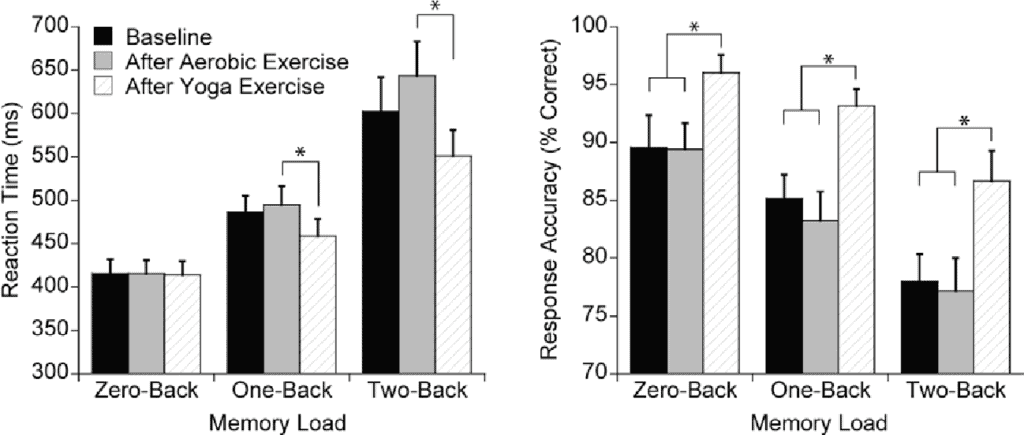
Source: Gothe, N. The acute effects of yoga on executive function. Journal of physical activity & health (2013)
Harvard neuroscientist Sara Lazar conducted studies which show us that within eight weeks of practising meditation for 30 minutes a day, we start to make significant changes to our brain density, in particular the hippocampus.[5]
Another study that investigated the relationship between regular practice of yoga and the size and effectiveness of the hippocampus, showed through MRI scans an increase in hippocampal grey matter.
The increase was shown in participants that had overall good health as well as those that had mild cognitive impairment and Parkinson’s disease.[4]
Yoga and the quality of sleep
Melatonin, our sleep hormone, plays an important role in sleep quality. Numerous studies conducted show us that regular yoga practice increases our melatonin.[6]
RELATED — Different types of sleep: which one do we need the most?
The pineal gland plays an important part in releasing melatonin into the bloodstream.[7] In yoga, the pineal gland is associated with the third eye chakra.
Pranayama, meditation, and asana practice help stimulate the third eye chakra. Calming inversions such as balasana (child’s pose) are very effective in stimulating the third eye chakra.[8]
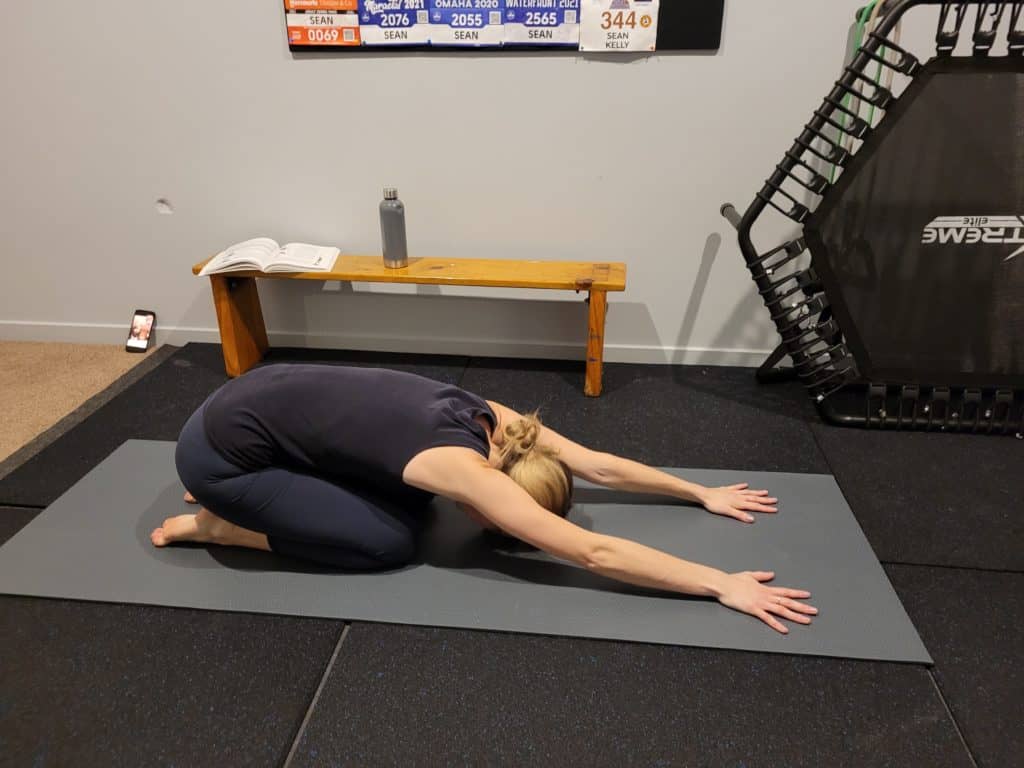
Yoga and mood
There are many ways yoga assists in improving mood. The enteric nervous system and the vagus nerve are commonly energised in yoga practices which help improve mood.
The enteric nervous system is part of the digestive system, which is often known as the second brain.
There are around 100 million neurons and about 95% of serotonin is stored in the ENS.[5]
The vagus nerve is an important part in the communication between the ENS and the brain
When we stimulate the vagus nerve, we create balance between the ENS and the brain. Practising pranayama and back bends directly stimulate the vagus nerve, assisting with the brain and ENS connection.[9]
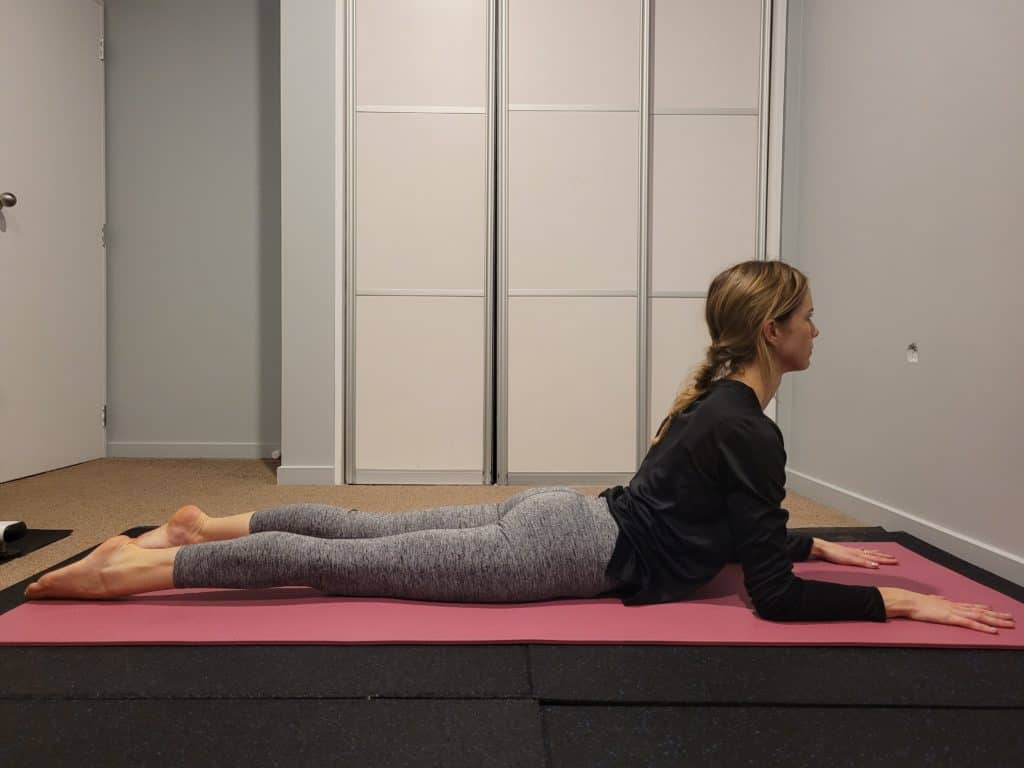
How yoga reduces anxiety and depression
Yoga has been widely used as a therapy to treat conditions associated with anxiety and depression.
Anxiety is associated with the amygdala, our fear centre of the brain. An increased amygdala relates to higher cortisol levels. From research, we have seen that regular yoga practitioners have a smaller amygdala than those who don’t practise yoga.
A study on a group of people who practised two hours a week each of asanas, meditation and pranayama showed that the size of their amygdala was significantly smaller compared to those that didn’t practise yoga.
Regular practitioners show an average size of the amygdala to be 1386.8 mm3, versus non practitioners with and average size of 1415.8 mm3 (p < .01).[10]
Yoga has also been shown to decrease depressive symptoms by increasing the levels of GABA – gamma-amino butyric acid. GABA works as a neurotransmitter to bring calmness.[11]

Streeter, C. Effects of yoga versus walking on mood, anxiety, and brain GABA levels: a randomized controlled MRS study. Journal of alternative and complementary medicine (2010)
Higher emotional resilience through yoga
Yoga has a powerful role in maintaining a healthy nervous system.
The sympathetic nervous system (fight or flight) is our stress response while the parasympathetic nervous system (rest and digest) is when we are relaxed.
Yoga works by balancing these two nervous systems to create better communication in the body systems and build better emotional resilience.[12]
Lower emotional resilience is due to overactive amygdala and prefrontal cortex
When we create better balance in our nervous system, we begin to learn how to analyse stressful situations and think rationally.
Our body and yoga
Yoga, especially practising asanas, has great effects on the body.
We notice that with regular practice, we become
- Physically stronger
- More mobile
- Energised
When we combine asanas with the other aspects of yoga into our lives, our whole body becomes invigorated by purifying the nervous system. This is covered in more detail in the next section.[13]
Physical benefits of yoga
Anti-aging effect of yoga
One of the main reasons to practise asanas is to bring good health to our physical body. The vast range of asanas allows us to work all parts of our body through the nervous system.
As we age, the nervous system becomes less functional, and we have to use more effort to move each muscle and joint.
We can delay ageing through moving and exercising
Increasing our strength and flexibility allows the nervous system to ‘re-educate’ itself. Regular practice of yoga also increases white matter in our brain. This allows us to better coordinate our thoughts with movements.[14]
Yoga and autoimmune conditions
Autoimmune conditions are complex health issues, however yoga can help with some of the symptoms and effects.
Researchers have found that yoga can reduce cytokine count in the lymphatic system. This is important because a high cytokine count creates more inflammation.[5]

Rima, D. Impact of yoga based mind-body intervention on systemic inflammatory markers and co-morbid depression in active Rheumatoid arthritis patients: A randomized controlled trial. Restorative Neurology and Neuroscience (2019).
An eight week trial was conducted to find the effects of yoga on rheumatoid arthritis. The findings recorded a significant reduction in levels of systemic inflammatory markers in the patients that practised yoga.[15]
Regular practice of yoga can help minimise the effects of autoimmune diseases
Yoga and bone health
The variety of asanas provides means that when we practice yoga, we provide the opportunity to move joints into all directions possible.
Practising asanas helps to increase synovial fluid, which acts as a cushion at the end of each bone, preventing friction between joints.[5]
A recent study found that just practising as little as 12 different asanas a day can result in increased bone density and reverse bone loss, preventing osteoporosis.[16]
Yoga and diabetes
Improved glycaemic control and lipid levels are seen in people who regularly practise yoga.
This is due to yoga practice stimulating the brain’s release of hormones in the endocrine system.[5] The beta cells respond by releasing insulin and allowing our body cells to use glucose.

Rath, D. Effects of yoga in modifying blood pressure in patients of type 2 diabetes mellitus. International Journal of Research in Medical Sciences (2018).
Controlling mental stress also assists in reducing hyperglycemia levels, where yoga and meditation have shown to have a positive effect in managing stress.[17]
Improving flexibility through yoga practice
Practising yoga asanas in combination with other aspects of yoga, we can safely allow our muscles to stretch and increase our range of motion.[5]
The fascia around our muscles contributes to around 50% of our flexibility. Regular practice of yoga helps to release tension in the fascia and contributes to increasing the collagen fibres in the same areas.[18]


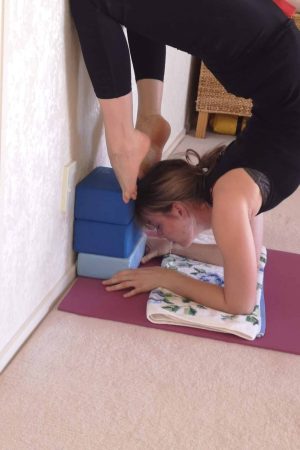

Muscle and core strength
Although the purpose of yoga isn’t to exercise for strength, an effect of practising yoga asana is improving our muscle strength.
Yoga practice engages the entire body, allowing us to use and tone every muscle. In a typical hatha yoga class, there will be a combination of asanas that are practised with controlling the breath.
Seated asanas generally tone the core, back and shoulders, whereas standing asanas generally tone the legs, core, back, shoulders and arms.

Controlling the breath allows the practitioner to calm the body and mind in the asana, allowing them to stay in the asana position for a longer period, and thus increase muscle strength.[1]
Posture and yoga
Posture is a key part in creating correct alignment in each asana to allow the body to achieve the benefits that yoga provides. Regular practice of yoga results in creating an awareness of posture throughout our normal lives.[19]
RELATED — Bad posture can impact your health: Getting it straight
Yoga increases our flexibility and strength, allowing our body to hold a correct posture throughout the day. Asanas that incorporate backbends and heart openers help to strengthen the back and chest muscles to assist with better posture.[20]
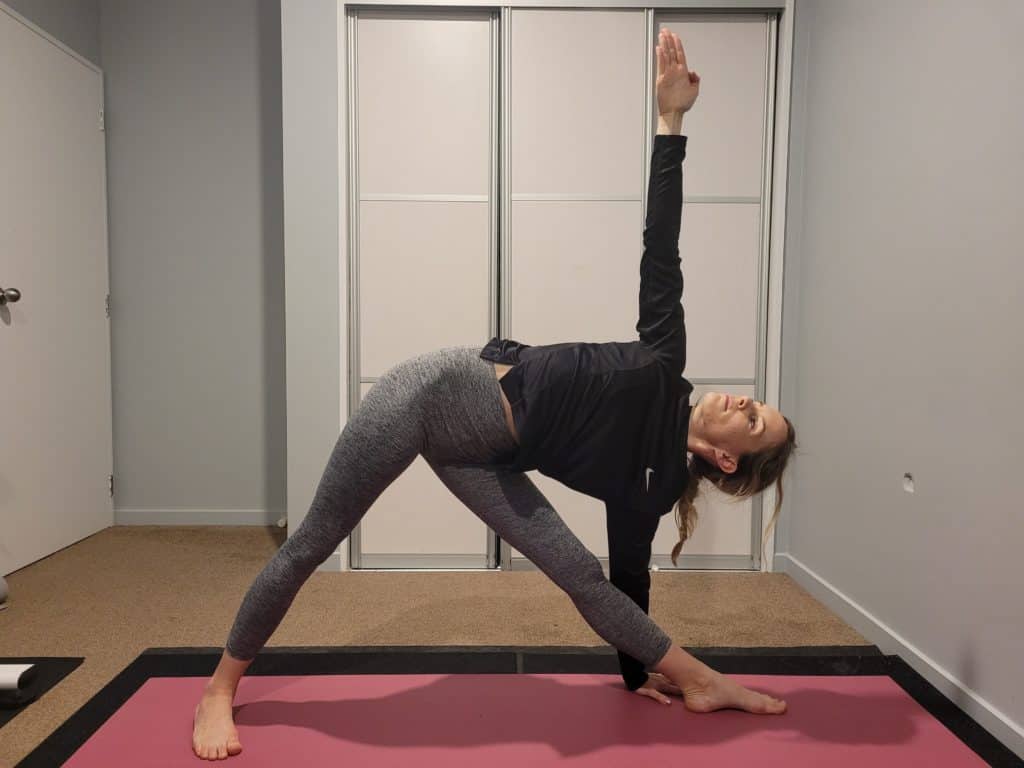
Improving respiratory function with yoga
Breath is a key aspect in practising yoga. Pranayama allows us to control our breath in different ways to change the flow and qualities of the energetics through our body.
The techniques used in pranayama encourage the lungs and the surrounding muscles to become stronger, efficient and more flexible.[5]
Asthma is one of the most common respiratory diseases and researchers have proven that practising yoga daily, particularly asanas and pranayama, can help to reduce the number of asthma attacks.[21]

Yoga and our blood quality
There is an increase in people having low levels of haemoglobin. This deficiency can lead to fatigue, dizziness, and headaches.
As yoga affects the body from a cellular level, practising asanas and pranayama benefits the increase in red blood cells.[22]
There have been numerous studies conducted in anaemia patients and found that after just two months of regular yoga practice, their red blood count increased. Practising asanas can be a safe and gentle exercise that people with anaemia can do.[23]
Higher levels of energy
Yoga, especially practising asanas and meditation, helps to increase energy levels.
Part of the reason behind this is the increase of grey matter in the brain.
Grey matter fights off fatigue
Research suggests that we can start to notice the changes after eight weeks of regular practice.[5]
We often think that we need physical exercise to release endorphins into the bloodstream, however meditation also does this and can even be more effective in doing so than exercising.

Bushnell, C. Neuroprotective effects of yoga practice: age, experience, and frequency-dependent plasticity. Human Neuroscience (2015).
This is achieved when we reach the alpha state of meditation, a slower pulsating brain wave and in deep mental stillness.[24]
Related Questions
1. Can 30 minutes of yoga help with weight loss?
Depending on the intensity and style of the asana practised, yoga can contribute to weight loss.
The range of asanas allows the body to tone all the muscles in the body. Many of the asanas held in popular yoga styles
- Hatha
- Vinyasa
- Ashtanga
- Iyengar yoga
require the practitioner to engage the muscles. When we combine the practice of asanas and the other limbs of yoga, we become more mindful. An effect of being more mindful is that we start to desire to choose healthier foods and only eat what our body needs.
2. Can sciatica be cured with yoga?
If the cause of sciatica is from obesity, an accident, or a muscle injury, it is very likely that with regular yoga practice sciatica can be cured.
Yoga helps to provide sciatica relief by stretching the hip flexors, hamstrings, glutes, and the lower back.
RELATED — Relieve back pain: 5 Beginner Yoga Exercises, Stretches and Poses
If the cause of sciatica is from a slipped or herniated disc, yoga may not be able to completely cure it. However, there are many asanas that will help to relieve pain and assist with treatment.[25]
Yoga is a preventative method for sciatica
3. What yoga poses can improve posture?
Chest, shoulder openers and backbends are very effective in improving posture. These can be restorative, gentle poses that you can stay in for a long period of time.
Has your yoga journey started yet? If so, let us know in the comments below how you’re progressing, and also, if you have any questions. We’d love to help.
Rachael first started practicing Hatha Yoga in 2014, and since 2017 has been focused on the Iyengar method, where she learned the importance of alignment and precision in asana, and creating yoga as a discipline.
Rachael is passionate about bringing the meaning of yoga and its practice into the community to create freedom from dis-ease in the body and mind. This is why she is continuously improving and evolving as a teacher and is currently in the process of completing CYT 300 teacher training certificate.
If you would like to know more about Racheal, please visit The Yoga Project. Rachael also holds free yoga classes at the local park as well as private indoor venue sessions.
References
(1) Brown, C., Anderton-Davies, R., Brown, T. Y. B. B. C., & 978–1582972428. (2022). The Classic Yoga Bible and The Book of Yoga Self-Practice 2 Books Collection Set. Godsfield Press/Yellow Kite.
(2) Basavaraddi, I. V. B. (2015, April 23). Yoga: Its Origin, History and Development. Ministry of External Affairs. Retrieved from https://www.mea.gov.in/search-result.htm?25096/Yoga:_su_origen,_historia_y_desarrollo#:~:text=The%20word%20
(3) Iyengar, B. (2013). B.K.S. Iyengar Yoga: The Path to Holistic Health (Revised ed.). DK.
(4) Greenberg, J., Romero, V. L., Elkin-Frankston, S., Bezdek, M. A., Schumacher, E. H., & Lazar, S. W. (2018). Reduced interference in working memory following mindfulness training is associated with increases in hippocampal volume. Brain Imaging and Behaviour, 13(2), 366–376. Retrieved from https://doi.org/10.1007/s11682-018-9858-4
(5) Swanson, A. (2019). Science of Yoga: Understand the Anatomy and Physiology to Perfect Your Practice (Annotated ed.). DK.
(6) Harinath, K., Malhotra, A. S., Pal, K., Prasad, R., Kumar, R., Kain, T. C., Rai, L., & Sawhney, R. C. (2004). Effects of Hatha Yoga and Omkar Meditation on Cardiorespiratory Performance, Psychologic Profile, and Melatonin Secretion. The Journal of Alternative and Complementary Medicine, 10(2), 261–268. Retrieved from https://doi.org/10.1089/107555304323062257
(7) Sargis, R. M. S. (2014, June 10). An Overview of the Pineal Gland. Endocrineweb. Retrieved from https://www.endocrineweb.com
(8) Henderson, R. (2021, February 23). How to Awaken Your Third Eye. YOGA PRACTICE. Retrieved from https://yogapractice.com/yoga/how-to-awaken-your-third-eye/
(9) Goodrick, M. (2021, November 26). Backbends, Inversiones and your mood. Karmuka Yoga. Retrieved from https://www.karmukayoga.com/en/backbends-inversiones-and-your-mood/#:%7E:text=Backbends%2FBack%20extensions%3A,to%20that%20wandering%20vagus%20nerve
(10) Gotink, R. A., Vernooij, M. W., Ikram, M. A., Niessen, W. J., Krestin, G. P., Hofman, A., Tiemeier, H., & Hunink, M. G. M. (2018). Meditation and yoga practice are associated with smaller right amygdala volume: the Rotterdam study. Brain Imaging and Behavior, 12(6), 1631–1639. Retrieved from https://doi.org/10.1007/s11682-018-9826-z
(11) Researchers Identify Link between Decreased Depressive Symptoms, Yoga and the Neurotransmitter GABA | School of Medicine. (2020, February 3). © 2022 Boston University. Retrieved from https://www.bumc.bu.edu/busm/2020/02/03/researchers-identify-link-between-decreased-depressive-symptoms-yoga-and-the-neurotransmitter-gaba/#:%7E:text=Now%20a%20new%20study%20from,highly%20prevalent%20and%20disabling%20disease
(12) Building resilience to emotional stress | Nuffield Health. (2016, September 8). Nuffield Health. Retrieved from https://www.nuffieldhealth.com/article/resilience-how-stress-affects-your-body-and-brain
(13) Iyengar, B. K. S., & Menuhin, Y. (1979). Light on Yoga: The Bible of Modern Yoga (Revised ed.). Schocken.
(14) Yoga Medicine. (2019, December 4). How Yoga Changes Your Brain. Retrieved from https://yogamedicine.com/how-yoga-changes-your-brain
(15) Yoga and its impact on chronic inflammatory autoimmune arthritis. (2021). Frontiers in Bioscience-Elite, 13(1), 77. Retrieved from https://doi.org/10.2741/873
(16) Harvard Health. (n.d.). Yoga: Another way to prevent osteoporosis? Retrieved from https://www.health.harvard.edu/womens-health/yoga-another-way-to-prevent-osteoporosis
(17) Editor. (2020, January 21). Editor on January 15, 2019 · Last reviewed January 7, 2022. Diabetes. Retrieved from https://www.diabetes.co.uk/yoga-and-diabetes.html#:%7E:text=Benefits%20for%20people%20with%20diabetes,effect%20on%20blood%20glucose%20control
(18) Blogger, G. (2018, December 20). Understanding Fascia and Your Flexibility -. Inspire Fitness for Wellbeing. Retrieved from https://www.inspire-fitness.com.au/blog/2012/12/understanding-fascia-your-flexibility/#:%7E:text=Because%20fascia%20envelopes%20our%20muscles,a%20decrease%20in%20muscular%20flexibility
(19) Schellenbach, B. (2018, December 11). Will Yoga Fix My Posture? How to Fix Your Posture with Yoga. Pilgrimage of the Heart Yoga. Retrieved from https://pilgrimageyoga.com/blog/will-yoga-fix-my-posture-how-to-fix-your-posture-with-yoga/#:%7E:text=Yoga%20poses%20also%20emphasize%20alignment,for%20longer%20amounts%20of%20time
(20) Yoga for the Back: Improving Posture Can Improve Your Long-term Health. (n.d.). Yoga U Online. Retrieved from https://www.yogauonline.com/yogau-wellness-blog/yoga-for-back-improving-posture-can-improve-your-long-term-health
(21) Mekonnen, D., & Andualem, M. (2011). Clinical Effects of Yoga on Asthmatic Patients: A Preliminary Clinical Trial, Jimma, Southwest Ethiopia. Ethiopian Journal of Health Sciences, 20(2). Retrieved from https://doi.org/10.4314/ejhs.v20i2.69436
(22) Health Spectra. (2017, May 8). How To Increase Hemoglobin Levels Through Yoga. Retrieved from https://www.healthspectra.com/how-to-increase-hemoglobin-levels-through-yoga/
(23) Sharma, N., & Gupta, R. (2016). A study of yoga in anemic patients. International Journal of Medical Science and Public Health, 5(3), 399.
(24) Renssen, M. R. (2003). Meditation and Relaxation. New Holland.
(25) C. (2021, October 28). Yoga for Sciatica: 9 Poses for Sciatica Relief & Prevention. Center for Spine and Orthopedics. Retrieved from https://centerforspineandortho.com/news/yoga-for-sciatica-9-poses-for-sciatica-relief-prevention/#:%7E:text=A%20gentle%20yoga%20practice%20can,pain%20and%20prevent%20serious%20complications

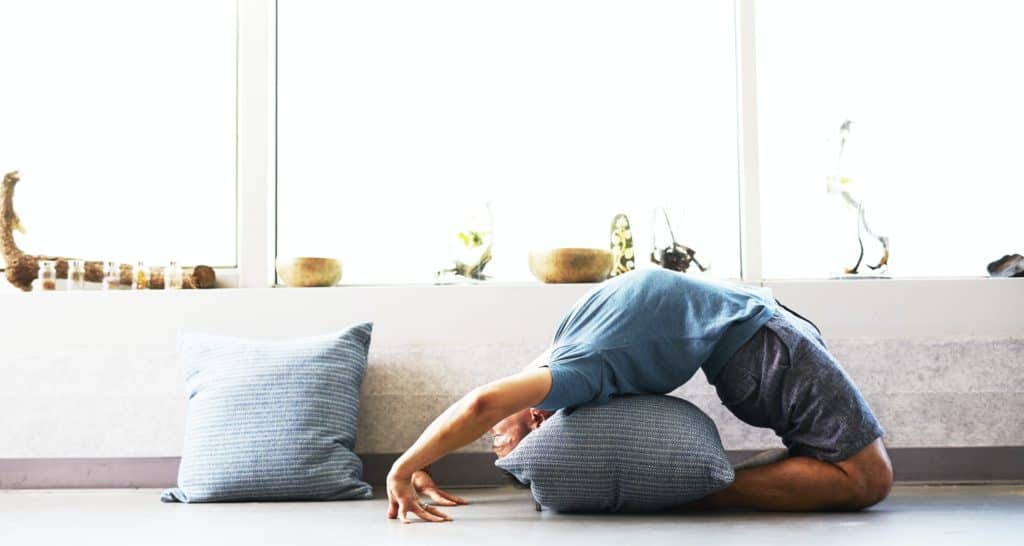





Rachael, it is an amazing article with lots of valuable information. It would be good for all of our yoga practitioners to read. Thank you Rachael!
Nalin